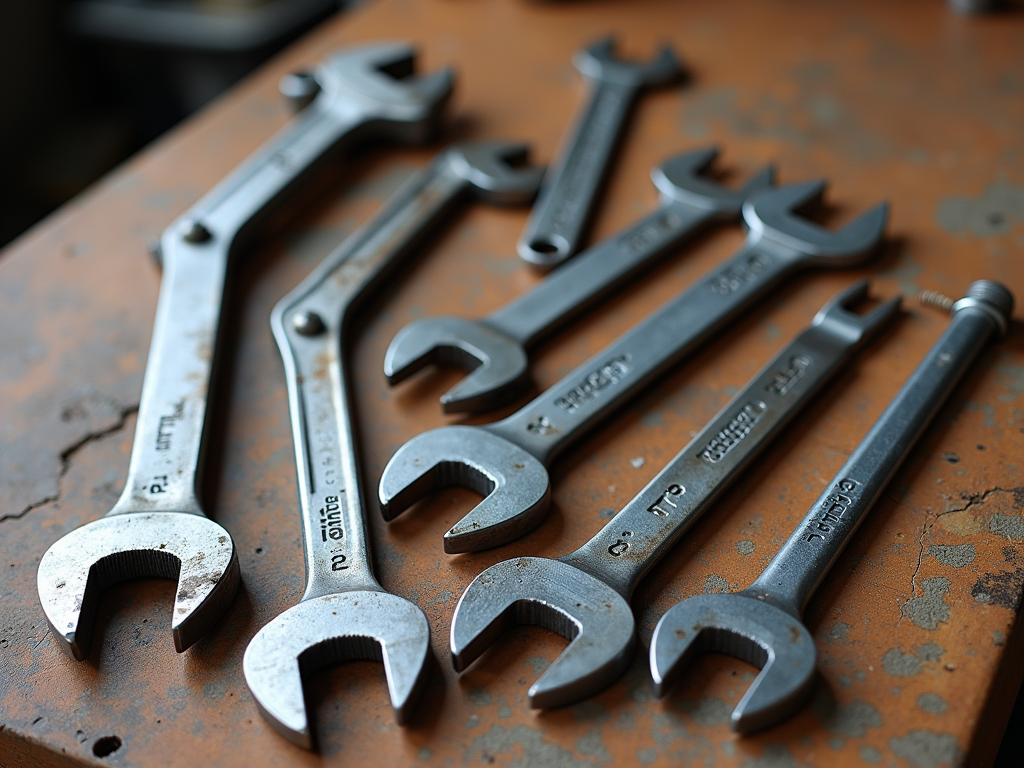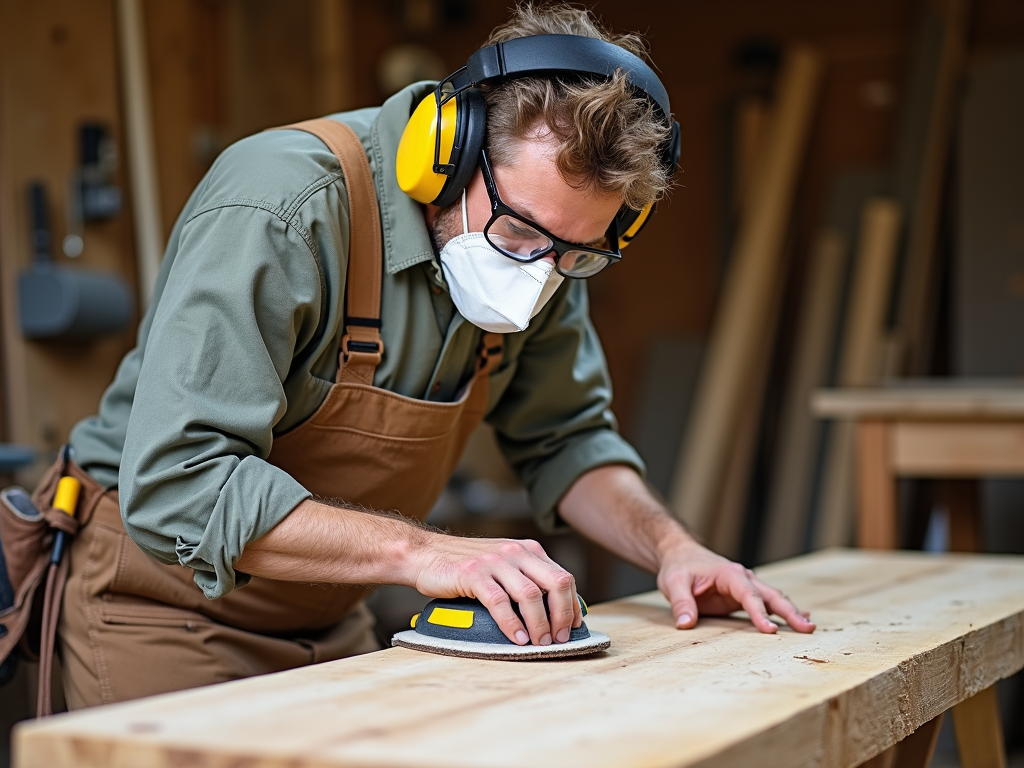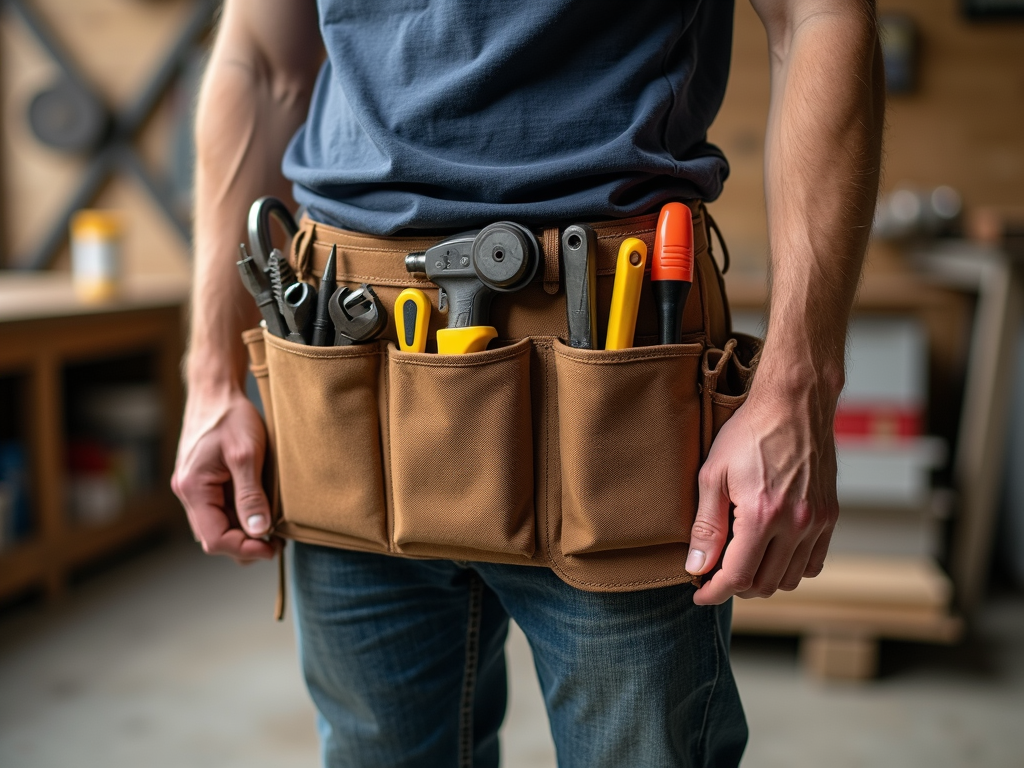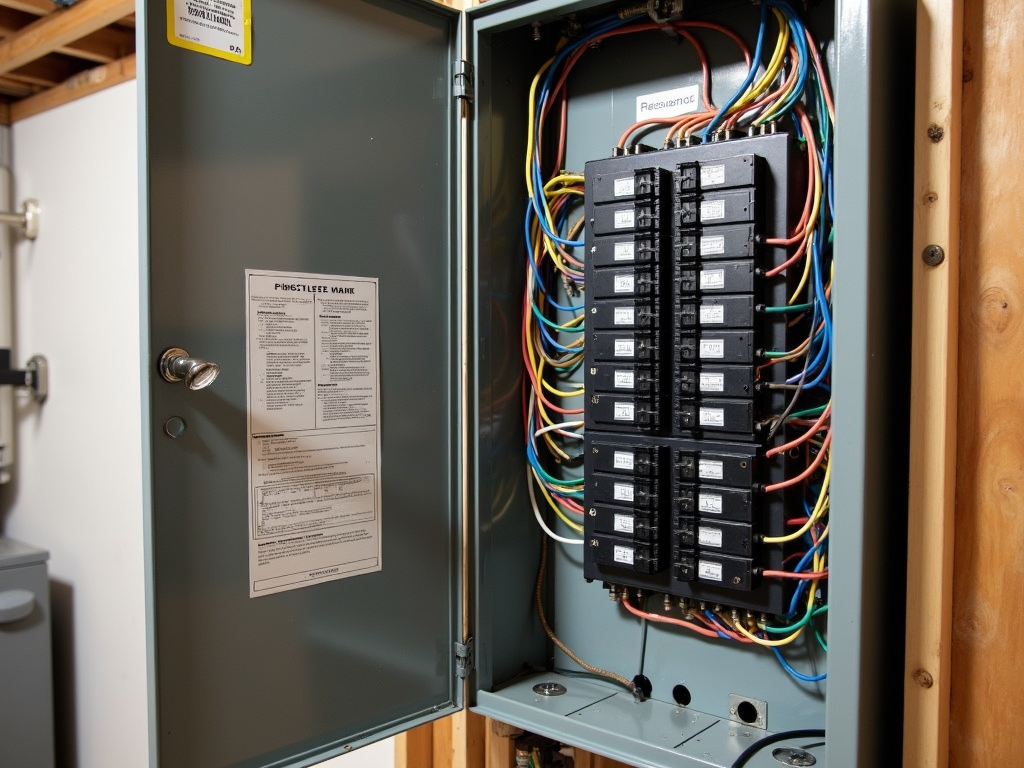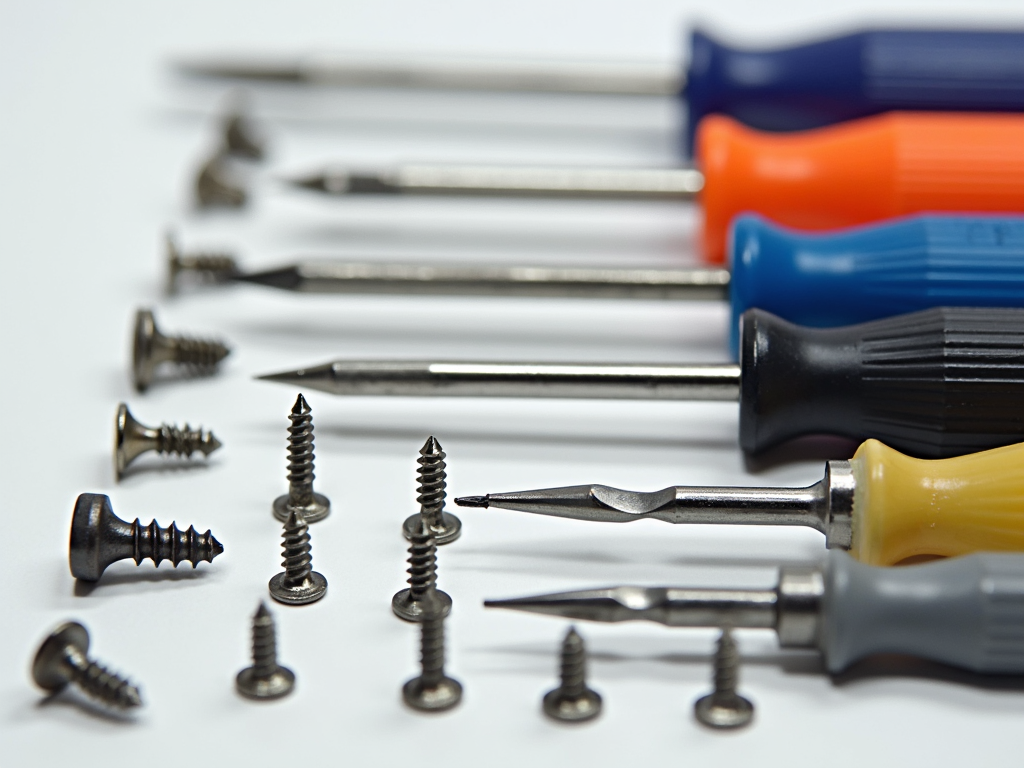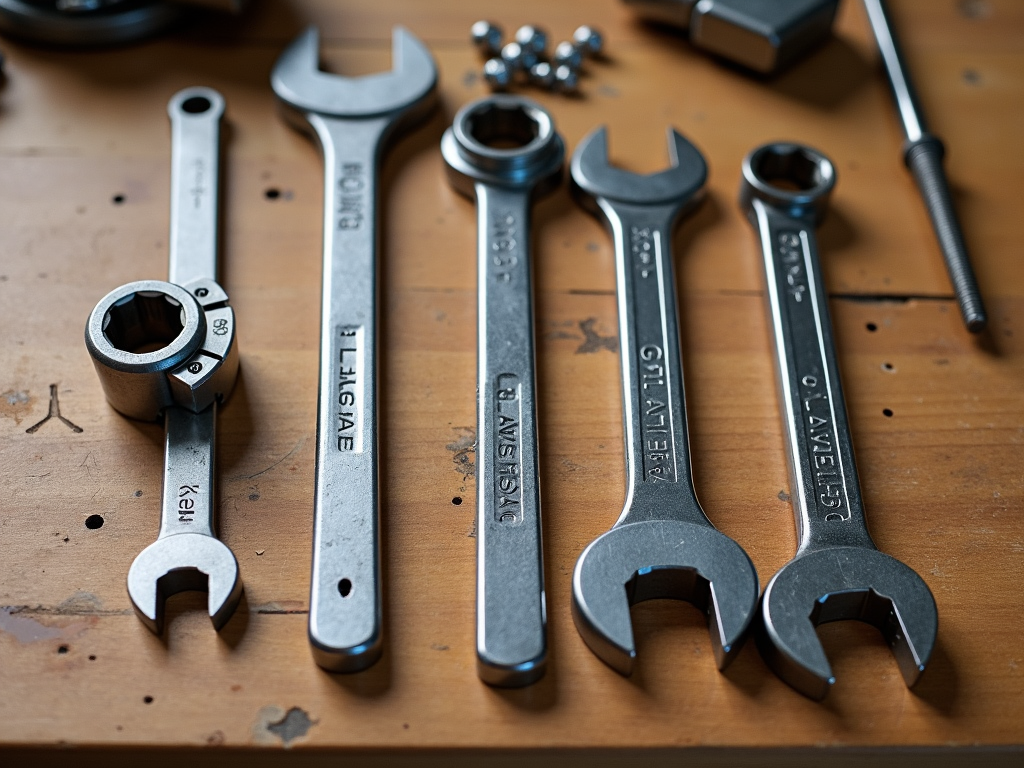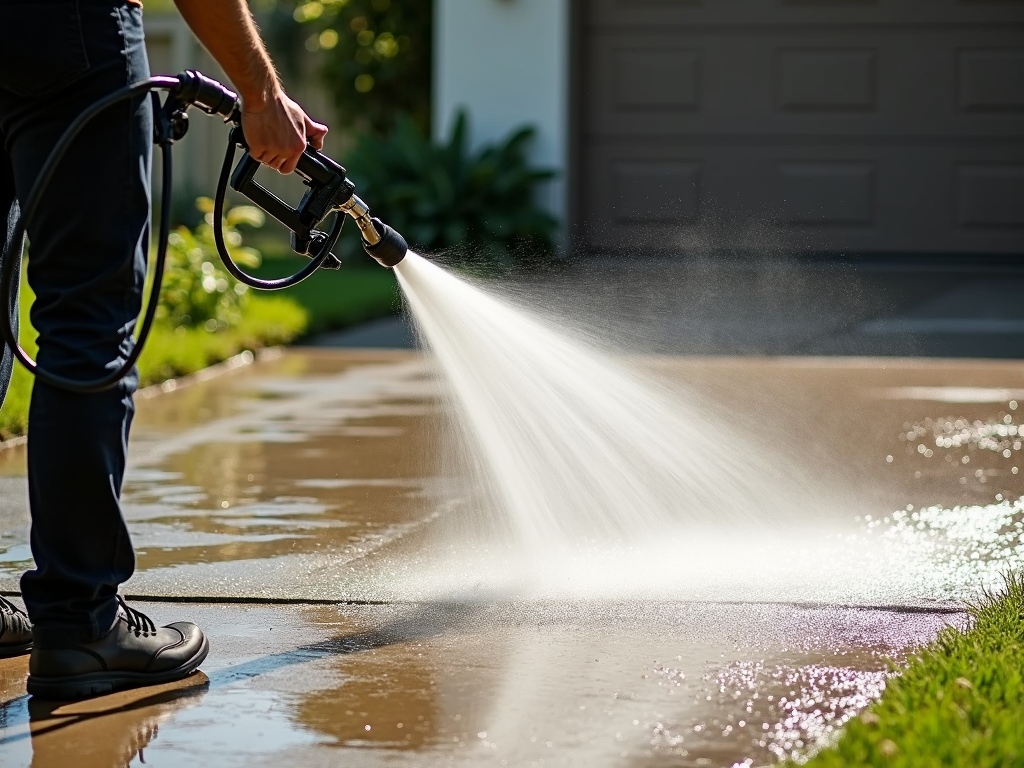A torque wrench is a must-have tool for anyone working on cars or machinery. It lets you tighten bolts and nuts with just the right amount of force—called torque—so nothing gets damaged or left too loose. This article covers everything you need to know about Understanding Torque Wrench Basics, from how they work to picking the best one for your toolbox. Whether you’re a DIY fan or a pro mechanic, you’ll find useful tips here.
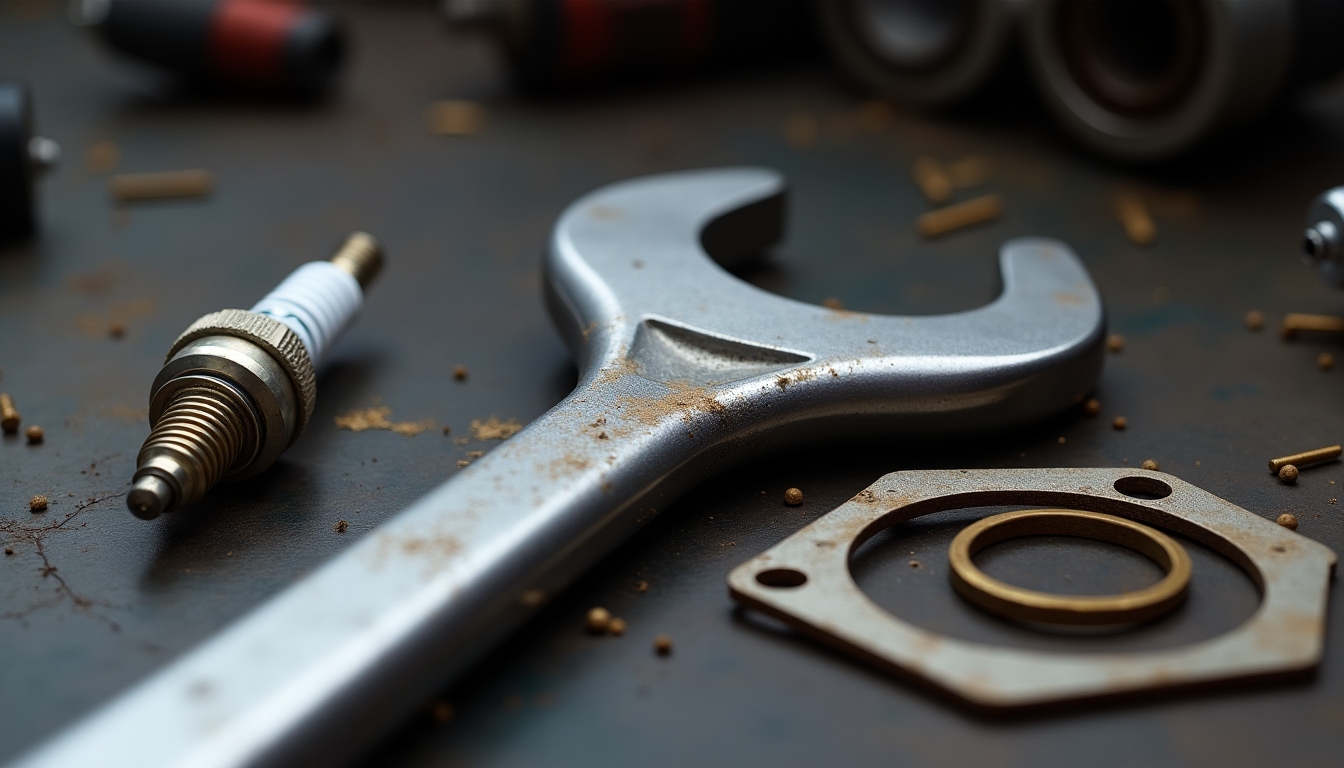
What’s a Torque Wrench and Why Does It Matter?
A torque wrench applies a specific amount of twisting force to fasteners like bolts and nuts. Think of it as a super-precise wrench that stops you from guessing how tight something should be. In automotive repairs, this precision is huge. Too loose, and parts might rattle apart. Too tight, and you could crack something or strip threads. It’s a key player among workman tools for automotive repairs, ensuring safety and reliability.
Imagine working on an engine. The manual says the head bolts need 60 foot-pounds of torque. Without a torque wrench, you’re just hoping you got it right. With one, you know. That’s why it’s a staple in toolboxes for mechanics and hobbyists alike.
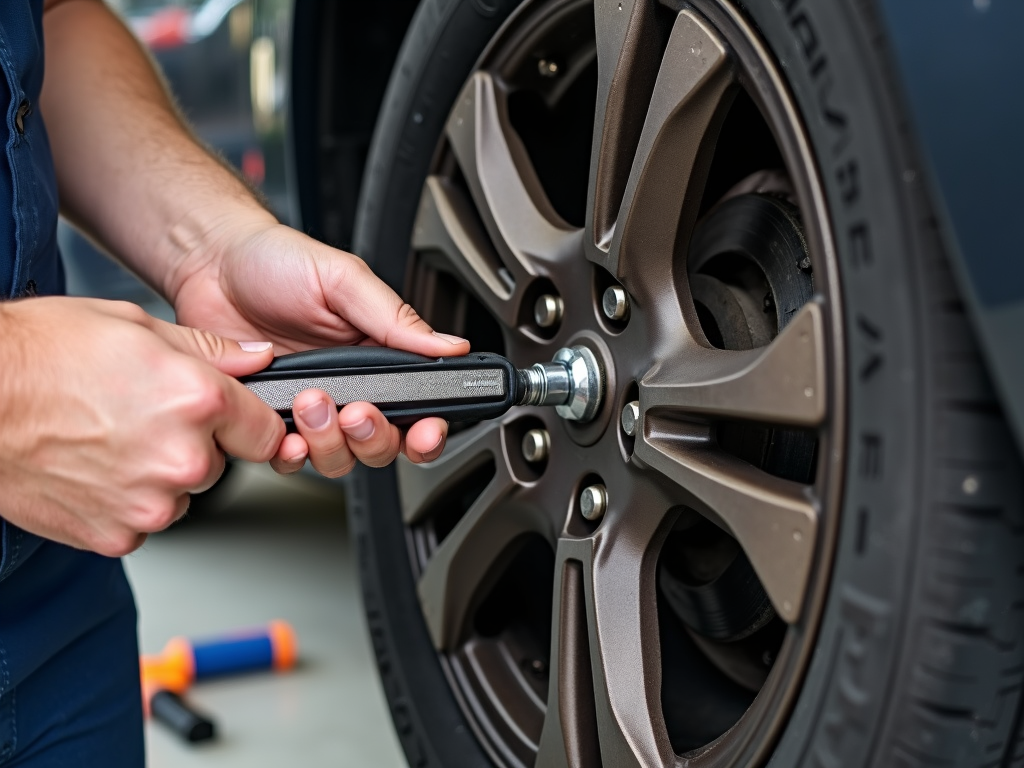
Types of Torque Wrenches
Not all torque wrenches are the same. Here’s a rundown of the main types:
- Beam Torque Wrench: Old-school and simple. It has a long arm that bends as you turn it, with a scale showing the torque. It’s cheap and doesn’t need much upkeep, but you have to watch the scale closely.
- Click Torque Wrench: The go-to for most folks. You set the torque you want, and it clicks when you hit it. Easy and reliable for everyday jobs.
- Digital Torque Wrench: High-tech with a screen showing the exact torque. Some even save data. They’re pricier but super accurate.
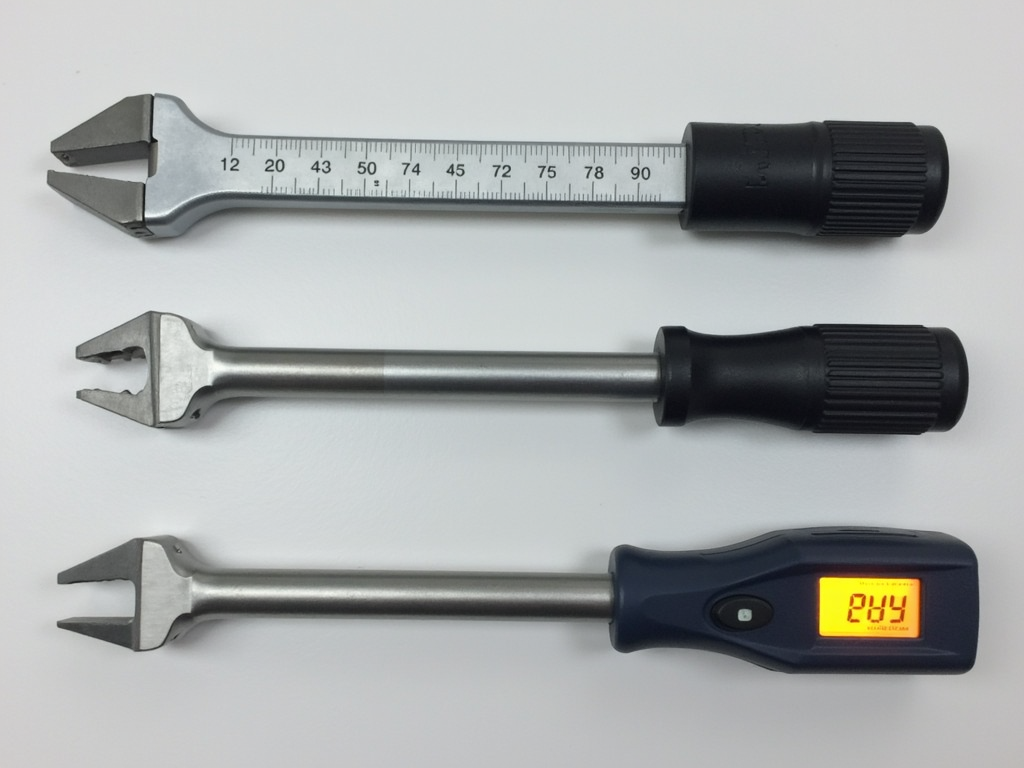
How to Use a Torque Wrench
Using a torque wrench isn’t hard, but you need to do it right. Here’s a step-by-step guide:
- Pick the Right Wrench: Check the torque range you need. Don’t use a wrench that can’t handle it.
- Set the Torque: On click or digital types, twist the handle to your target number. Beam types don’t set—just watch the scale.
- Prep the Fastener: Clean it off. Dirt can mess things up. Add lubricant if the manual says to.
- Turn It: Fit the wrench on the bolt and pull smoothly. Stop at the click (for click types) or when the scale hits your number (beam types).
- Double-Check: If it’s something critical, like a wheel lug, give it another quick turn to be sure.
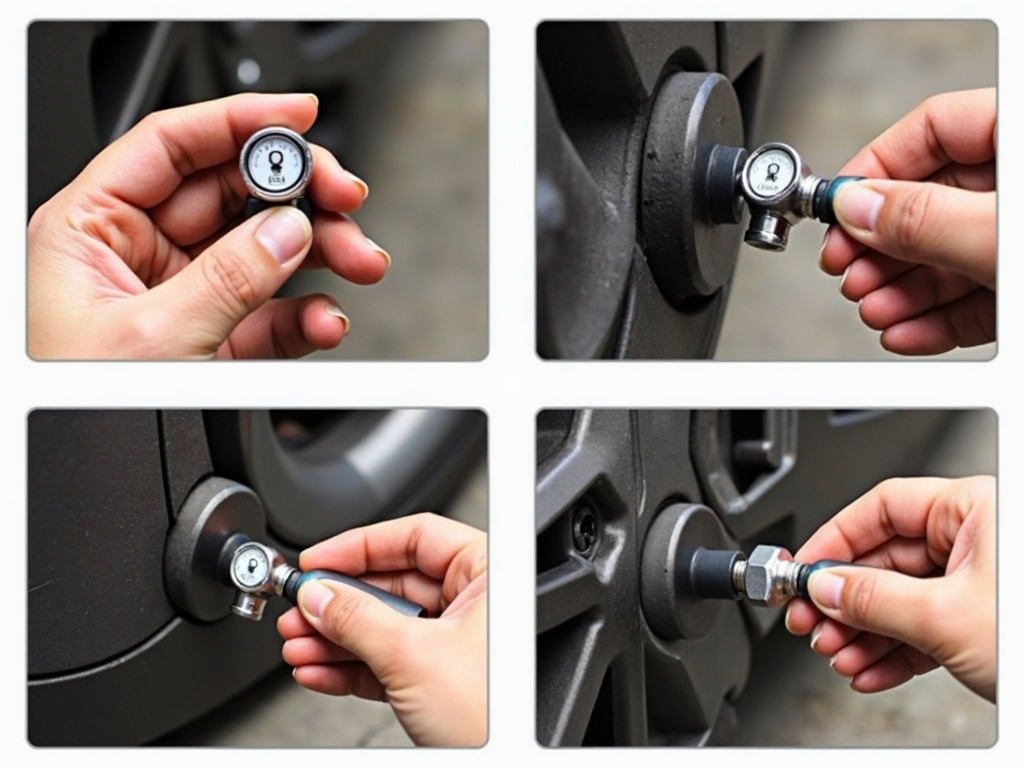
Picking the Perfect Torque Wrench
Choosing the right one depends on what you’re doing. Here’s what to think about:
| Factor | What to Consider |
|---|---|
| Torque Range | Match it to your projects—small or big. |
| Accuracy | Digital wins here, but click is solid too. |
| Ease of Use | Click types are simplest for beginners. |
| Build Quality | Get one that won’t break after a few uses. |
For occasional car fixes, a click wrench is usually enough. If you’re a pro, maybe splurge on a digital one. Either way, it’s a core workman tool you’ll use again and again.
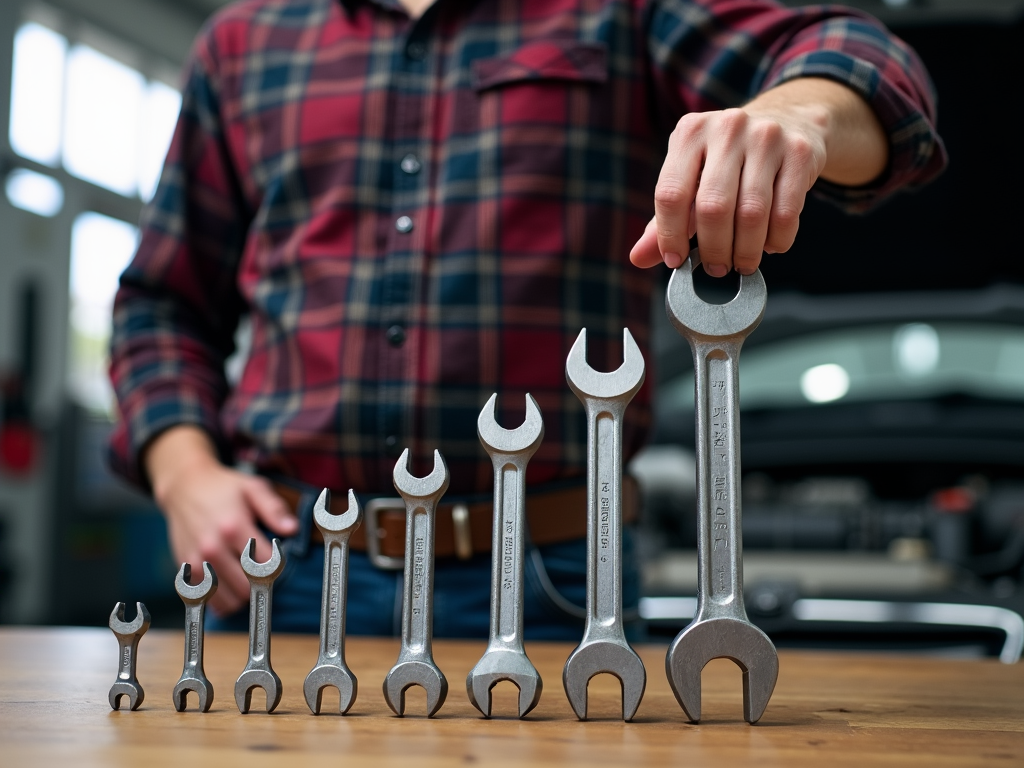
My Take: Lessons from the Garage
I’ll never forget my first torque wrench mishap. I was swapping out a car’s water pump and didn’t have one. I tightened the bolts by feel—big mistake. A week later, it leaked because I’d overdone it and cracked the housing. After that, I bought a click torque wrench and followed the manual’s torque specs. No leaks since. That taught me: guessing doesn’t cut it when precision matters.
Another time, I helped a friend with his motorcycle. The wheel nuts needed exact torque to stay safe at high speeds. Using a torque wrench gave us peace of mind—and a smooth ride. It’s moments like these that show why it’s a top pick among workman tools for automotive repairs.
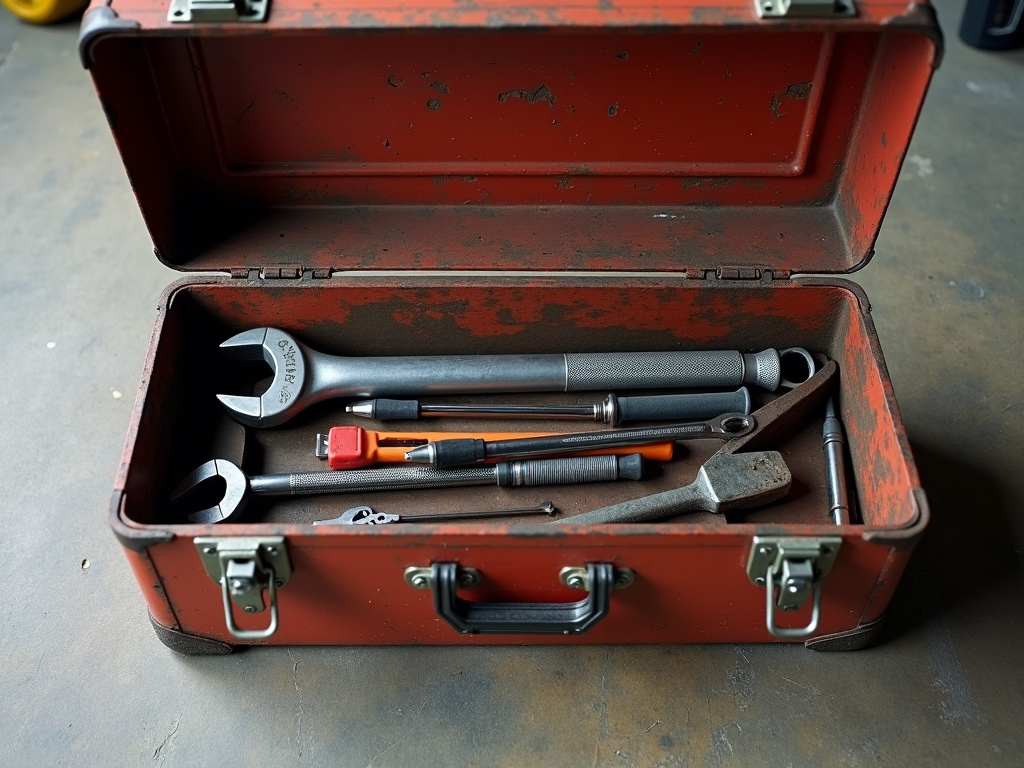
Tips to Get the Most Out of Your Torque Wrench
Here are some extras I’ve picked up: - Store it at zero. Leaving tension on a click wrench can throw it off over time. - Don’t drop it. A hard hit can mess up its accuracy. - Use it smoothly. Jerking the handle can give false readings. - Check the manual. Every car or machine has specific torque needs—don’t wing it.
These habits keep your wrench working right and your repairs solid.
Oh, and if you’re new to this, start small. Practice on something like a bike tire before tackling an engine. It builds confidence. For more details on torque specs, sites like Haynes Manuals are goldmines.
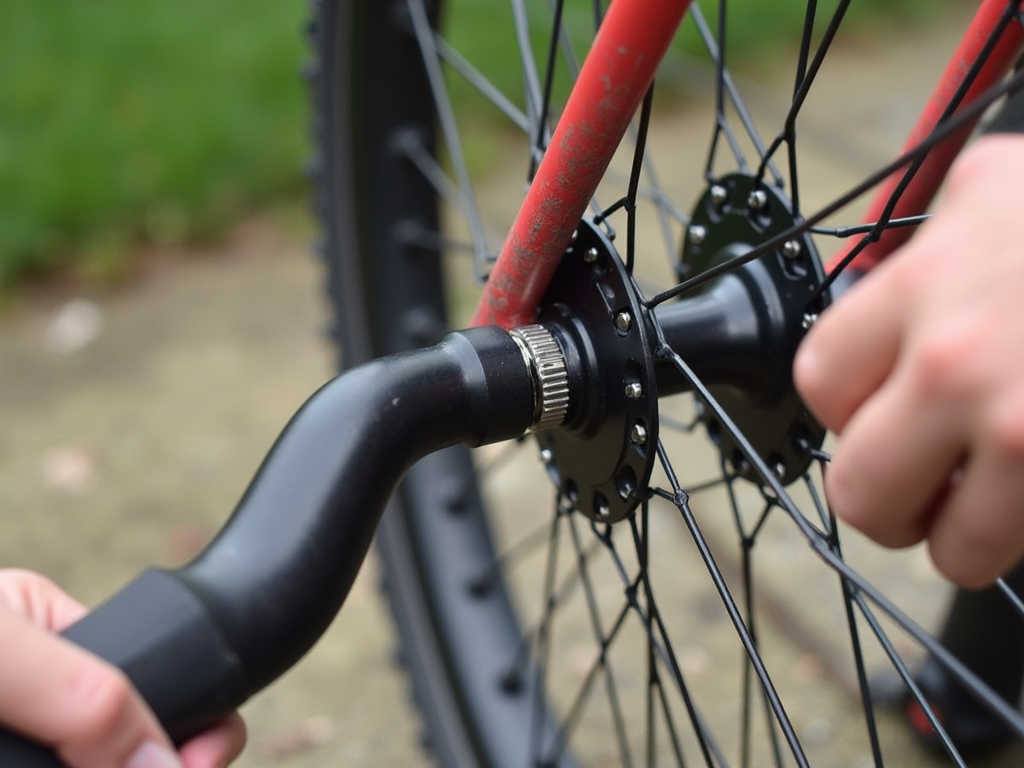
Wrapping It Up
Mastering Understanding Torque Wrench Basics means knowing what they do, how to use them, and why they’re non-negotiable for automotive repairs. They’re not just another tool—they’re your ticket to doing the job right. From picking the type that fits your needs to using it like a pro, a torque wrench belongs in every toolbox. It’s one of those workman tools that turns good work into great work.
Related Understanding Torque Wrench Basics:
- How to Sharpen Your Cutting Tools: The Ultimate Guide to Workshop Equipment Maintenance
- Preventing Injuries with Smart Tool Choices: A Guide to Worker Safety and Efficiency
- Types of Wrenches for Different Jobs: A Comprehensive Guide
- Beginner’s Guide to Woodworking Safety
- Revolutionizing Industry: Advanced Electrical Tools for Automation
- The Ultimate Guide to Hand Tools
- Must-Have Wrenches for Every Toolbox
- Upgrading Your Home’s Electrical System
- Screwdriver Safety Tips for Beginners: Essential Guide for Safe Tool Use
- DIY Projects for Beginners: A Guide to Getting Started and Maintaining Your Tools
- How to Use Wrenches Safely: A Comprehensive Guide
- The Science Behind Power Washers: How They Work


